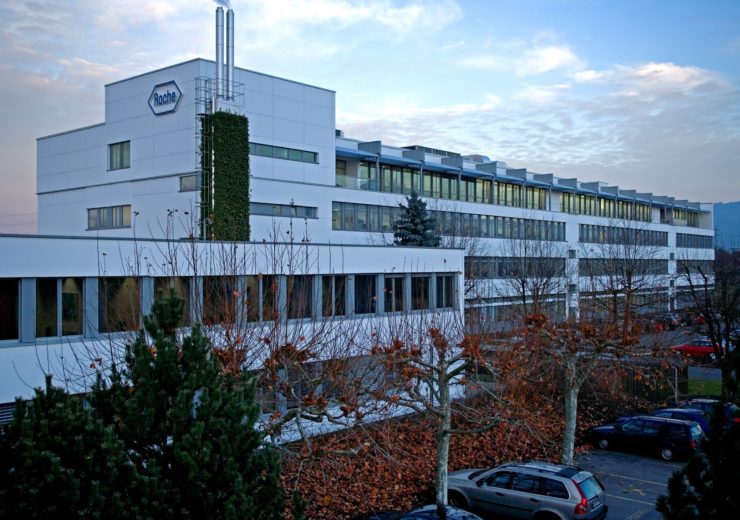Elecsys GALAD score combines gender and age with the biomarker results of the Elecsys AFP, AFP-L3 and PIVKA-II to assist the diagnosis of early stage HCC

Roche secures FDA breakthrough device designation for Elecsys GALAD score. (Credit: F. Hoffmann-La Roche Ltd.)
Roche has obtained the US Food and Drug Administration (FDA) breakthrough device designation for its Elecsys GALAD score, a serum biomarker-based model that predicts hepatocellular carcinoma in chronic liver disease patients.
The healthcare firm said that the Elecsys GALAD score is the first regulatory approved GALAD score, intended for in-vitro diagnostics, and is part of its Diagnostics Liver Indication Program, aimed at improving diagnostic workflows throughout chronic liver disease management.
Roche Diagnostics CEO Thomas Schinecker said: “We are excited about FDA’s recognition of the potential clinical benefit the Elecsys GALAD score could bring in diagnosing hepatocellular cancer at an early stage.
“The combination of blood-based biomarkers with clinical algorithms has the potential to significantly reduce mortality of HCC patients as they can receive a more timely diagnosis and treatment.”
Elecsys GALAD score is the first approved GALAD score for in-vitro diagnostics
According to the company, the recent advancements in screening and new treatments are facilitating the enhanced prevention, diagnosis and treatment of HCC. However, clinicians are unable to diagnose the disease early enough.
Roche said that its new algorithmic score will combine gender and age with the biomarker results of the Elecsys AFP, AFP-L3 and PIVKA-II to assist the diagnosis of early-stage hepatocellular carcinoma (HCC).
As high concentrations of Alpha1-fetoprotein (AFP) are produced by certain tumours in chronic liver diseases, the AFP test is used as a tumour marker. AFP-L3 is a subtype of AFP that is used to differentiate an increase in AFP due to HCC, or benign liver disease.
PIVKA-II, an alternate name for des-gamma-carboxy prothrombin (DCP), is a precursor and abnormal prothrombin. It is found in HCC patients and can be used to differentiate HCC from non-HCC hepatic diseases.
Elecsys is combined with ultrasound and is capable of providing more accurate information to clinicians at an earlier stage, to help improve patient outcomes. It’s minimally invasive nature benefits people and is also affordable for healthcare systems.
UT Southwestern Medical Centre pathology clinical chief Amit Singal said: “HCC is the fourth leading cause of cancer-related death worldwide, with the highest burden of disease in East Asia and Africa.
“This high mortality is largely driven by most patients being detected at a late stage, when curative therapies are no longer possible. Therefore, improving early HCC detection is a critical area of need.”
